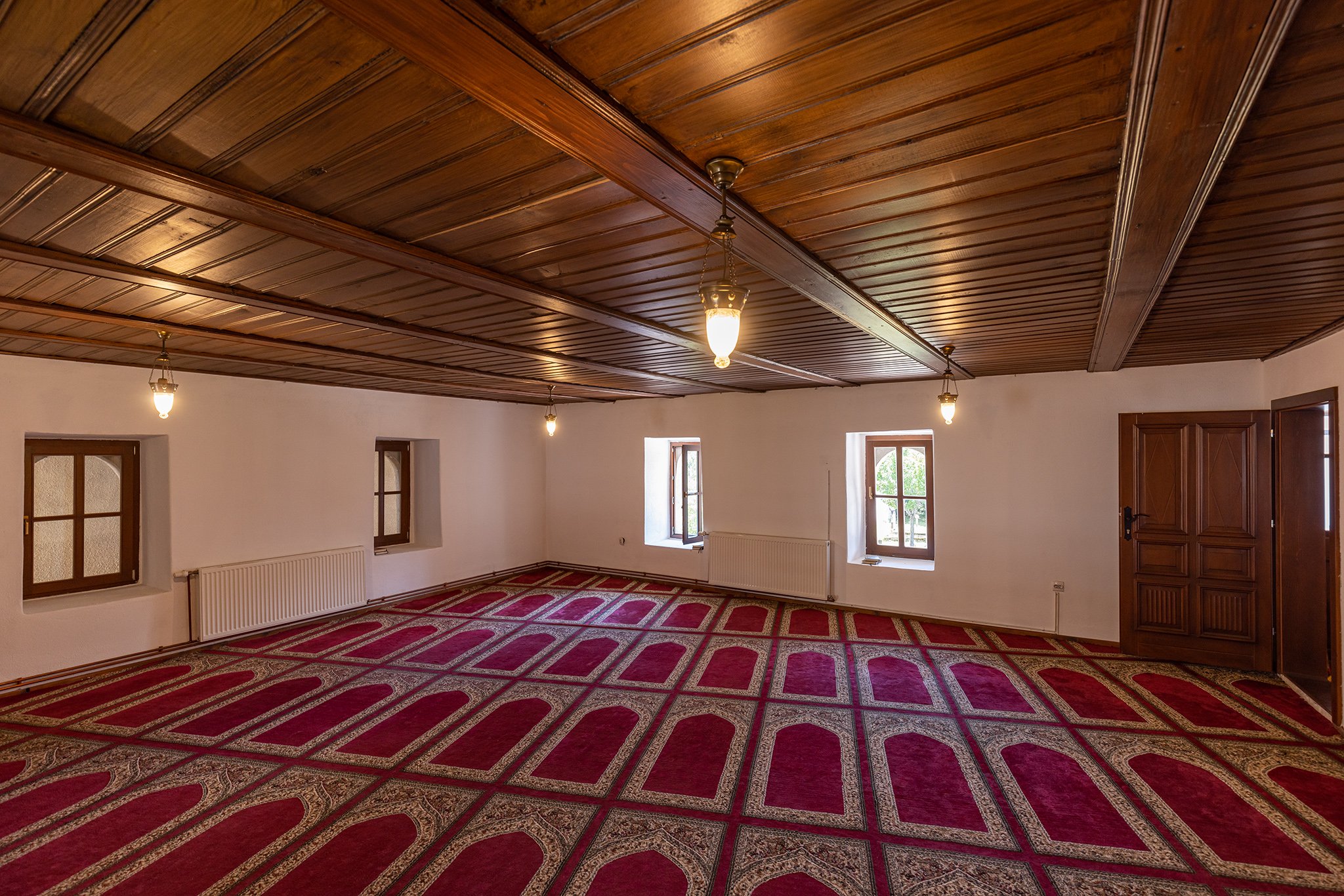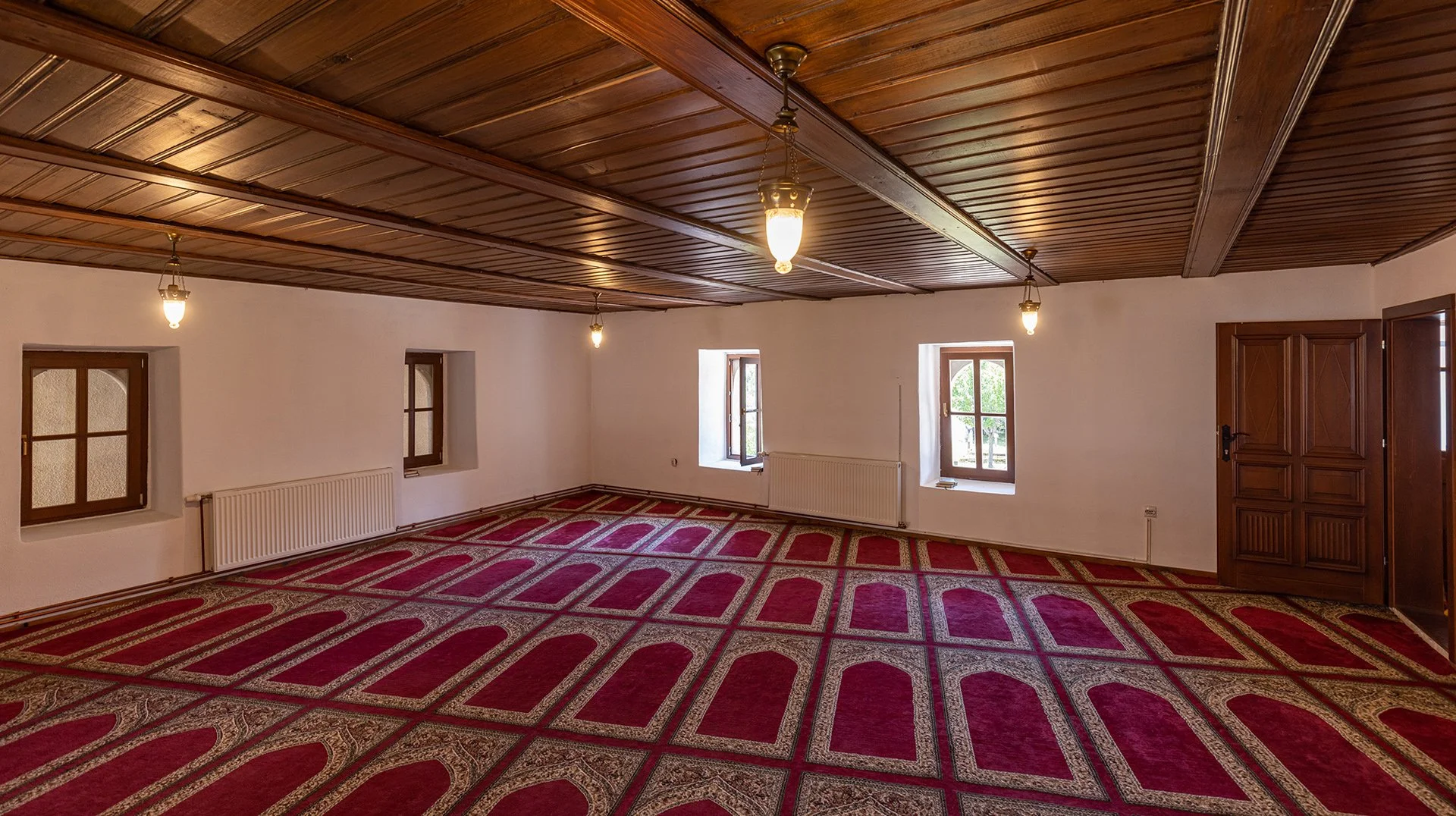
MAKTAB OF ALTUN-ALEM MOSQUE IN NOVI PAZAR
Author: Prof. Hajrudin Balić, PhD, Faculty of Islamic Studies in Novi Pazar • Photo & video: Mirza Hasanefendić
Etymologically. the word ‘maktab’ originates from Arabic word ketebe, which means ‘to write’ and the term maktab refers to the place where one learns to read and write, where the man becomes literate.
The word ‘maktab’ also refers to the office, and can be replaced by the word kuttab (pl. kutaib) (Glasse, 378).
The word is a general term for elementary schools, which initially were located within the mosque, and later on they were built next to them, within a waqf, as an individual’s endowment (Gazija-Pajt, 297).
Schools of this kind used to have different names, such as: bejtu-l-ilm (a house of knowledge), or bejtu-t-ta’lim (a house of teaching). Initially, the most common name was bejtu-l-ilm, which was later replaced by the name maktab or sibjan-maktab (Kasumović, 86).
They were institutions which most directly participated in gradual establishment and spread of Oriental-Islamic culture and values which spring from the Islamic cultural-historical circle (Kasumović, 143).
In our regions, maktabs were built in the style of Ottoman-Islamic architecture, though in no case was the local architecture of building ignored.
Classes in the maktab were delivered by the muallim, who was also the imam of the mosque next to the maktab. This was the case of Ismail-ef. Filibalić, the muallim in the maktab and the imam in the Bor Mosque.
The muallim of each maktab had his deputy (journeyman), who delivered classes and repeated the material with pupils.
Like in all others, in our maktabs in Novi Pazar teaching methods were traditional: religious subjects were taught, except in the maktab by the Bor Mosque, where other subjects were taught as well.
As citizens of Novi Pazar, we are proud because one of the two oldest maktabs in the Bosnia Eyalet, which has been preserved to this day, is found in our city. It is the maktab of Altun-Alem Mosque.
“Next to it, he commissioned a house for teaching the Qur’an and for teaching small children.”, wrote Muslihuddin Abdulgan in his vakufnama, speaking about this maktab and underscoring characteristics of a future muallim “and he set the condition that the Muallim should be reliable and the best among the good, persistent, and able to teach and lecture”.
This maktab belongs to the type of three-space maktabs, which had an additional room for the teacher besides the classroom and the entrance area, and were built as two-story buildings. The same is true of this maktab.
The ground floor and the first floor of the maktab have one large and one small room each, as well as a hall and a porch.
The large room on the ground floor was used as the gasulhana, and the small room, to the left of it, was used as abdesthana until a couple of years ago. The maktab has a wooden staircase which led to the porch, which led to the classroom, as well as a room for the muallim.
The part of the maktab which served as the classroom was built of stone and brick, while the remaining part was built of brick and adobe.
Research activities undertaken on the building of this maktab revealed that the Altun-Alem Mosque and the maktab next to it were built at the same time. They were most likely built by the same people, the same group of builders (Džamije u Novom Pazaru, 53).
One of muallims in this maktab was Arif Brkanić-Sarajlija, born in 1861, a member of a renowned Sarajevo family who arrived after 1878 and the Congress of Berlin.
Since members of this family were extremely well educated, they soon joined educational processes in Novi Pazar.
Arif-effendi was appointed lecturer in Novi Pazar madrasa, where he worked with alims of the time such as Nazif-effendi Šušević. He was highly respected and admired by ulama and population. One of the famous imams in Novi Pazar Ahmed-effendi Brunčević was a student of his. Arif-effendi is the author of the Mawlid in Bosnian, published in 1329 Hijri year (1911 A.D.).






